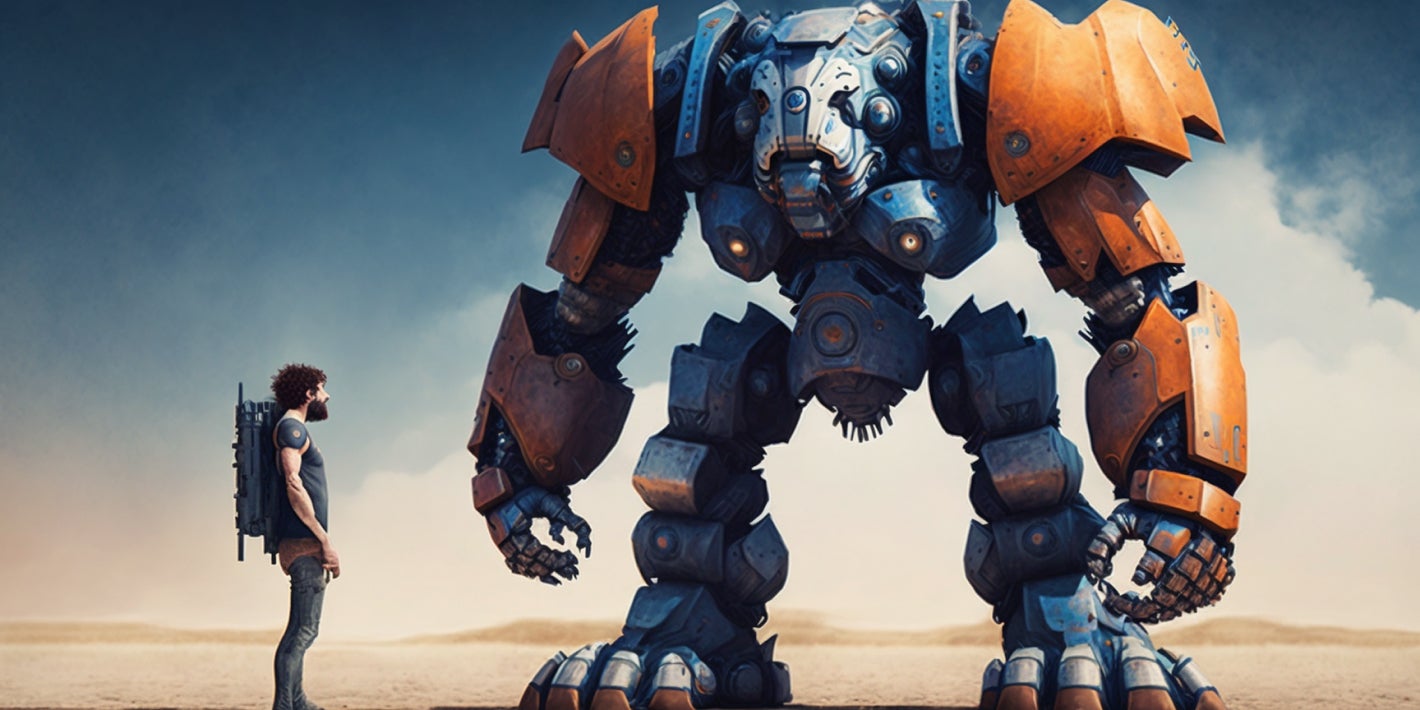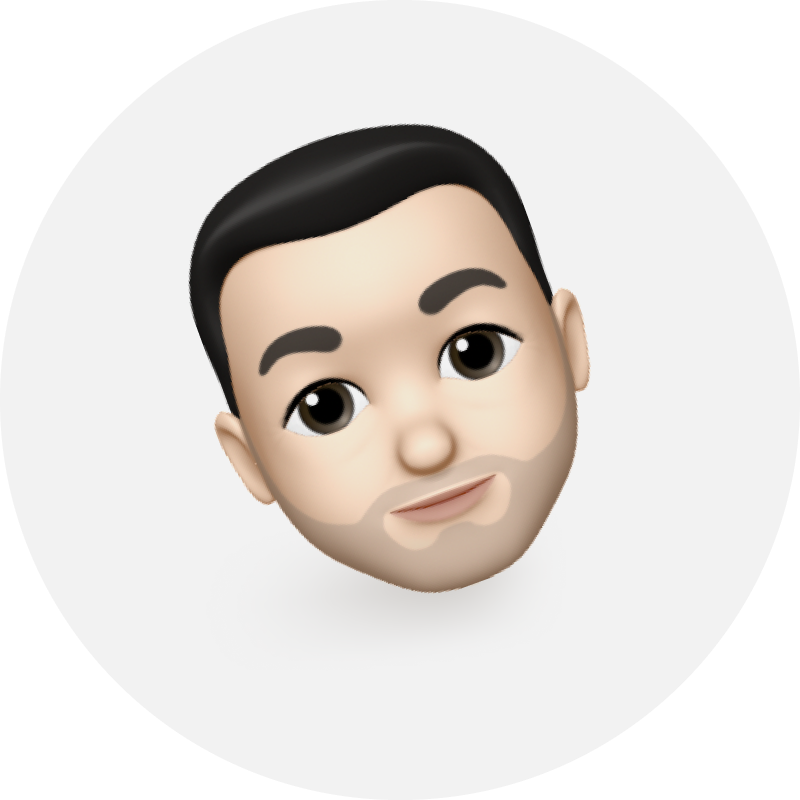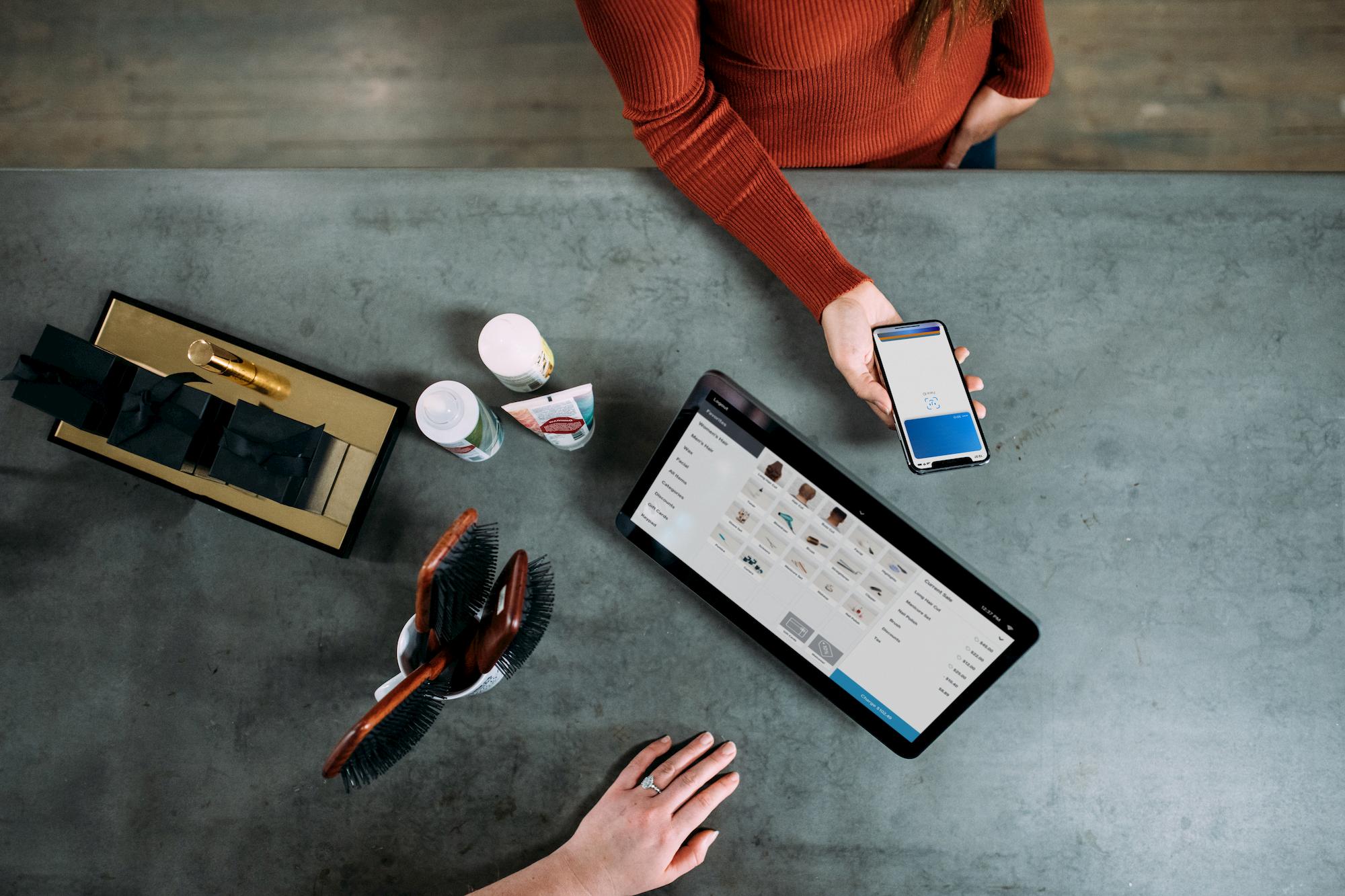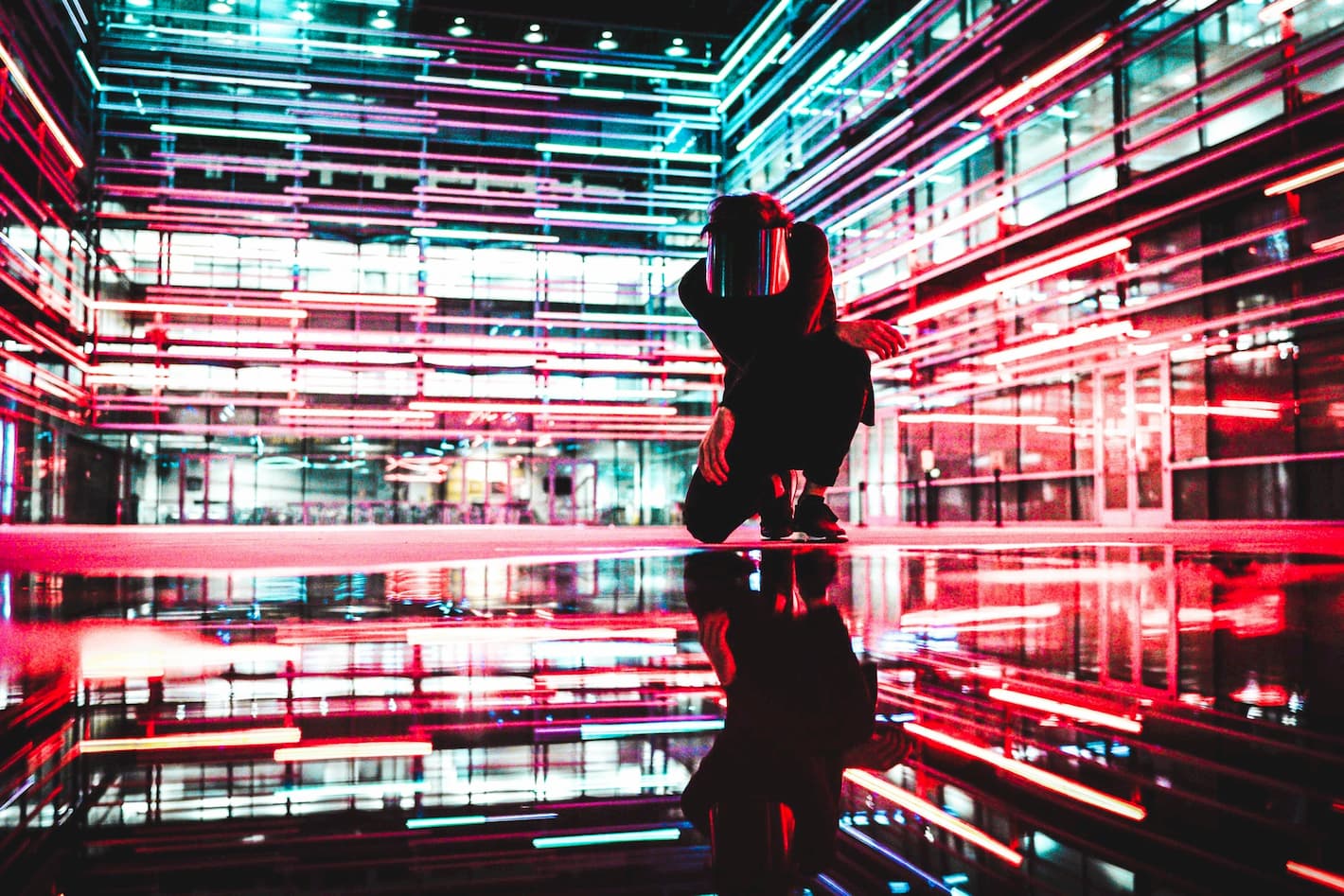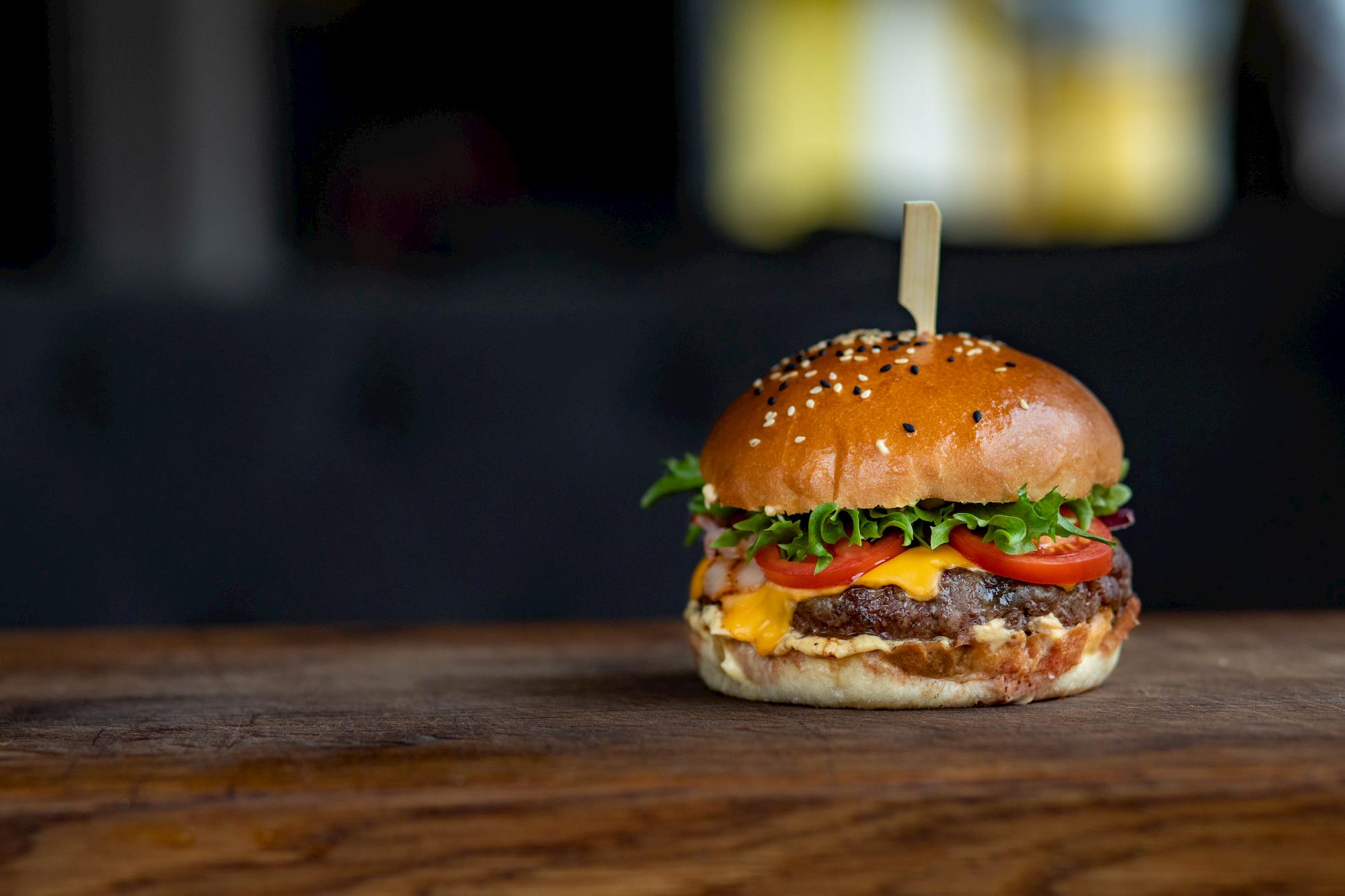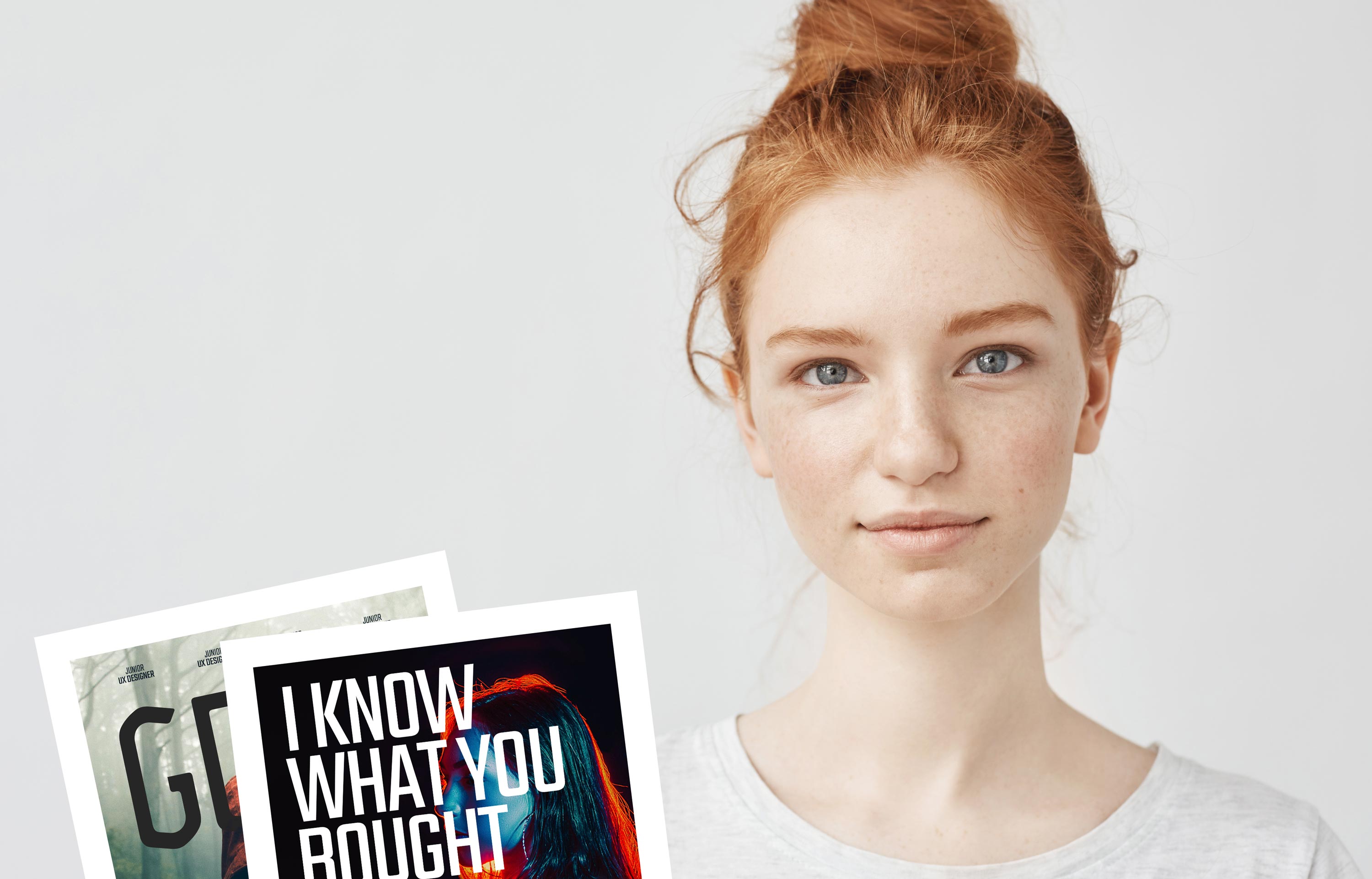What’s all the fuss about AI-generated content?
Some fear that AI may replace the need for human designers, leading to job loss in the industry. However, designers such as Brad Frost argue that AI can only replace tedious tasks and not creativity.
The use of AI in graphic design is not just limited to generating simple graphics or logos. AI design software, like Midjourney or starryai, has the potential to create complex designs that were previously impossible to achieve. While AI may be efficient quick, and getting more and more advanced it cannot match the human touch when it comes to creativity. Designer Bryn Jackson accurately captures the essence of design when he says that it encompasses far more than just creating physical objects. In fact, design is a holistic approach that involves a range of activities, including decision-making, empathizing with users, and being culturally aware. Ultimately, design is not just about creating beautiful products, but about solving problems and making people's lives better in meaningful ways.
According to a recent survey by Adobe, only 13% of companies are using AI for creative purposes. However, the use of AI-generated content has been growing rapidly, with the market size of AI in content creation projected to reach $4.5 billion by 2025. AI-generated content has been used for various tasks, including generating news articles, product descriptions, and social media posts.
The silver lining part
To be frank, we are just as thrilled about these new tools and the possibilities they offer as anyone else. Our team has been studying and learning about their capabilities and remarkable speed, and our initial reaction was simply "wow". These are our initial findings on the pros we noticed about AI-generated graphics:
- Time-saving: AI-generated graphics can be created quickly and efficiently, allowing users to produce large volumes of content in a shorter amount of time.
- Consistency: AI-generated graphics can maintain a consistent style and quality, making it easier for users to produce content that is visually cohesive.
- Cost-effective: AI-generated graphics can be created at a lower cost compared to hiring a graphic designer or illustrator, making it an attractive option for businesses and individuals on a budget.
- Customizable: AI-generated graphics can be easily customized by adjusting the input data or parameters of the model used to generate them, allowing users to create graphics that meet their specific needs.
- Accessibility: AI-generated graphics can be created by individuals with little to no graphic design experience, making it more accessible for anyone to create professional-looking graphics.
- Scalability: AI-generated graphics can be scaled up or down to fit a variety of sizes and resolutions, making them suitable for use in a variety of applications, including social media, websites, and print materials.
The ugly truth about limitations
The popularity of midjourney and similar tools is steadily increasing, but the longer users utilize them and produce content, the more apparent their limitations and inconveniences become. Various limitations of these tools can result in AI-generated content that falls short of meeting the high standards of quality and versatility that users demand.
You probably wonder what limitations are those. Here are some major ones we noticed as users' requests for kitty pictures go in thousands:
- Lack of creativity: AI models can generate graphics based on patterns in existing data, but they cannot truly create something new or innovative. They may lack the creativity that humans possess, leading to bland or unoriginal graphics;
- Limited scope: AI models are typically trained on specific domains, and may not have the same level of expertise or knowledge as a human expert in that domain. This can lead to inaccuracies or gaps in the graphics generated by the model;
- Inability to understand context: AI models may not be able to fully understand the context or meaning behind the graphic they generate. This can lead to errors or misinterpretations, especially in cases where context is important;
- Limited Flexibility: AI-generated graphics are often limited by the parameters of the model used to create them. This can make it difficult to create graphics that deviate significantly from the model's established patterns or style;
- Difficulty with Realism: While AI models have made significant advances in generating realistic graphics, they can still struggle with creating graphics that accurately replicate the complexity and nuance of the real world;
- Dependence on Input Data: AI models rely heavily on the quality and quantity of input data they are trained on. If the data is incomplete or biased, the output of the model may be similarly flawed;
- Limited Interpretation: AI models may struggle to interpret complex or abstract concepts, which can make it difficult to create graphics that effectively convey these ideas.
- Requires mastering technical photography jargon and using specific parameters to achieve the desired effect
All in all...
While AI-generated content can be useful for certain tasks, it should not be relied on too heavily due to its current state and limitations. A.I.'s still learning and gathering data, but we are rather decades away from AI-based tools entirely replacing human creativity and expertise. Michael Beirut notes, "As designers, our job isn’t just to create, it’s to judge, to analyze, to empathize, to inspire, to communicate, and to connect."
In conclusion, AI-generated content should be seen as a helpful tool, not a replacement for profesional graphic designers. By finding the right balance between human and machine, we can create even more innovative and impactful designs.
If you're looking for inspiration and want to see some impressive work by professional designers, we'd love to share a few of our selected projects on Behance. Or if you require a support from experienced UI designer, feel free to book a free online consultation with our specialist.
